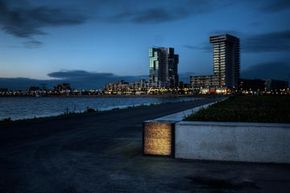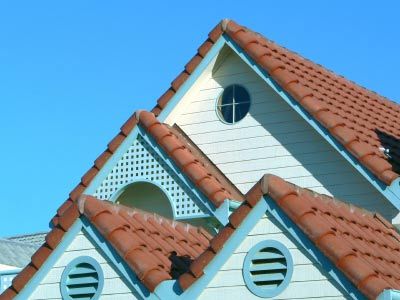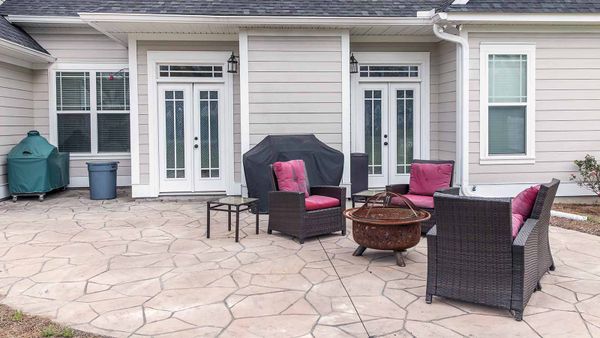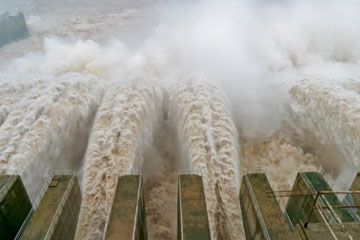No sun will shine in my day today;
The high yellow moon won't come out to play:
Advertisement
I said darkness has covered my light,
And has changed my day into night, yeah
Bob Marley, "Concrete Jungle"
Slum life, political strife, an absentee father; there's little that could keep reggae superstar and eternal optimist Bob Marley down. That is, of course, except for a lack of sunlight. While Marley's short stint as a factory worker yielded this gloomy look at life surrounded by concrete, the traditionally dim building blocks are getting a makeover designed to finally let some light shine in.
Translucent concrete isn't exactly "see-through," but the new building material draws on optical fibers to transmit light through it while retaining the density that has literally made concrete the cornerstone of buildings around the world [source: Litracon].
The fiber strands, which attract and transmit both natural and artificial light, make up about 5 percent of a translucent concrete block's surface volume. The fibers are mixed with traditional concrete components -- water, sand and cement -- and are distributed evenly throughout the surface. Through the resulting translucent panels, a viewer can clearly see the outline of an object on the opposite side of the concrete. Despite this clarity, however, translucent concrete retains its stout, crack resistant, load-bearing quality [sources: Kim, Portland Cement Association]
The light transmitting material is largely believed to have been invented by Hungarian architect Aron Losonczi, who began developing pre-fabricated translucent concrete blocks he called LiTraCon (light transmitting concrete) in 2004, just three years after graduating from Budapest's Technical University. Here, the manufacturer hand-molds large pieces of concrete, embedding thousands of strands of optic fiber in the material at the same time. The concrete is then cut into individual blocks (the smallest are about 48 x 14 inches, or 1.22 x .35 meters). The parallel fiber strands create two distinct grain-type surfaces: one bright and the other dark [sources: Litracon, Graydon, Hanlon].
Now you know what translucent concrete is, but how -- exactly -- is it used? Read on to find out.
Advertisement




